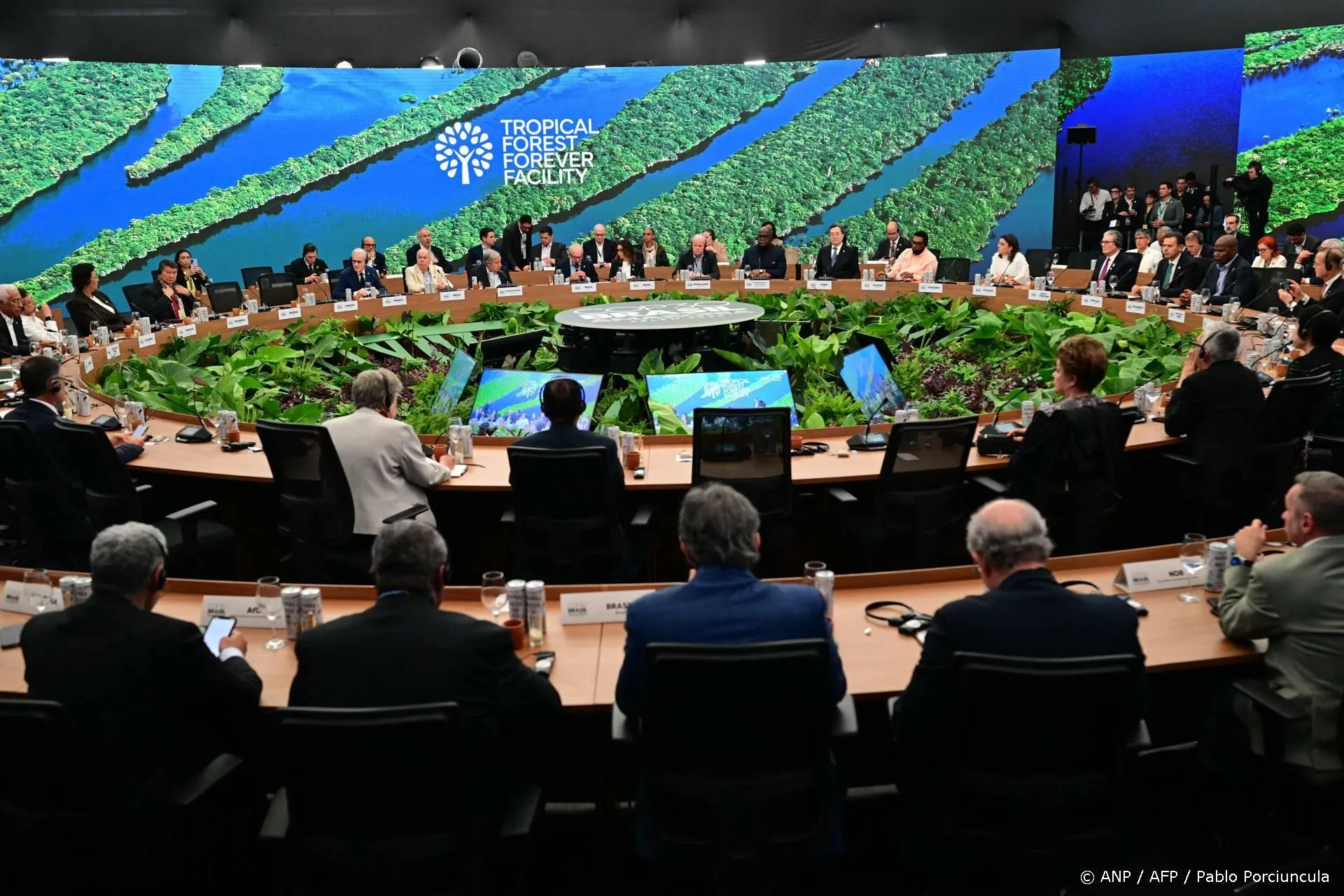Uitgangspunten klimaatbeleid deugen niet
Amerikaanse klimatologe Judith Curry neemt stelling tegen klimaatalarmisme in 'Wall Street Journal'
In de loop der tijd heb ik regelmatig aandacht geschonken aan de Amerikaanse klimatologe Judith Curry, die in het verleden altijd een loyaal vertegenwoordigster was van de menselijke broeikashypothese (AGW = 'Anthropogenic Global Warming'), totdat zij voor zichzelf begon na te denken en bemerkte dat daar wel heel erg veel gaten in konden worden geschoten. Zij stak haar opvattingen niet onder stoelen of banken en trachtte, niet zonder succes, bruggen te bouwen tussen protagonisten en antagonisten van AGW.
Sindsdien is haar ster snel gerezen en haalt zij bijvoorbeeld ruim 4,5 miljoen hits op Google.
Onder de titel, 'The Global Warming Statistical Meltdown', schreef Judith Curry onlangs voor de 'Wall Street Journal':
Mounting evidence suggests that basic assumptions about climate change are mistaken: The numbers dont add up.
At the recent United Nations Climate Summit, Secretary-General Ban Ki-moon warned that Without significant cuts in emissions by all countries, and in key sectors, the window of opportunity to stay within less than 2 degrees [of warming] will soon close forever. Actually, this window of opportunity may remain open for quite some time. A growing body of evidence suggests that the climate is less sensitive to increases in carbon-dioxide emissions than policy makers generally assumeand that the need for reductions in such emissions is less urgent.
According to the U.N. Framework Convention on Climate Change, preventing dangerous human interference with the climate is defined, rather arbitrarily, as limiting warming to no more than 2 degrees Celsius (3.6 degrees Fahrenheit) above preindustrial temperatures. The Earths surface temperatures have already warmed about 0.8 degrees Celsius since 1850-1900. This leaves 1.2 degrees Celsius (about 2.2 degrees Fahrenheit) to go.
In its most optimistic projections, which assume a substantial decline in emissions, the Intergovernmental Panel on Climate Change (IPCC) projects that the dangerous level might never be reached. In its most extreme, pessimistic projections, which assume heavy use of coal and rapid population growth, the threshold could be exceeded as early as 2040. But these projections reflect the effects of rising emissions on temperatures simulated by climate models, which are being challenged by recent observations.
Human-caused warming depends not only on increases in greenhouse gases but also on how sensitive the climate is to these increases. Climate sensitivity is defined as the global surface warming that occurs when the concentration of carbon dioxide in the atmosphere doubles. If climate sensitivity is high, then we can expect substantial warming in the coming century as emissions continue to increase. If climate sensitivity is low, then future warming will be substantially lower, and it may be several generations before we reach what the U.N. considers a dangerous level, even with high emissions. ...
Nicholas Lewis and I have just published a study in Climate Dynamics that shows the best estimate for transient climate response is 1.33 degrees Celsius with a likely range of 1.05-1.80 degrees Celsius. Using an observation-based energy-balance approach, our calculations used the same data for the effects on the Earths energy balance of changes in greenhouse gases, aerosols and other drivers of climate change given by the IPCCs latest report.
[The] pause in warming is at odds with the 2007 IPCC report, which expected warming to increase at a rate of 0.2 degrees Celsius per decade in the early 21st century. The warming hiatus, combined with assessments that the climate-model sensitivities are too high, raises serious questions as to whether the climate-model projections of 21st-century temperatures are fit for making public-policy decisions.
Conclusie:
This slower rate of warmingrelative to climate model projectionsmeans there is less urgency to phase out greenhouse gas emissions now, and more time to find ways to decarbonize the economy affordably. It also allows us the flexibility to revise our policies as further information becomes available.
Lees verder hier.
Kortom, geen paniek!
Voor mijn eerdere DDSbijdragen zie hier.
Ga verder met lezen
Dit vind je misschien ook leuk
Laat mensen jouw mening weten
Lees ook
Loading


